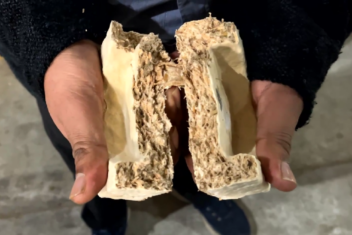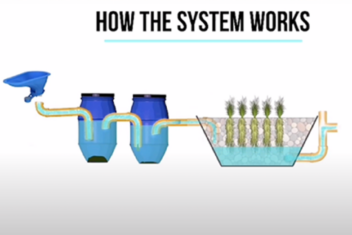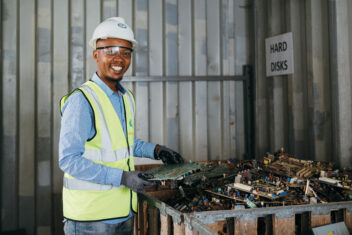Understanding waste management systems through gender

The structure and functioning of solid waste management systems are founded on the behavioral patterns and underlying attitudes of a given population, that in turn are shaped by the socio- cultural fabric of their regions. Given the fluid nature of the concept of waste, it is highly probable that the idea of ‘waste’ might be taboo for one culture, and a source of wealth for another. This discrepancy highlights the need to understand the underlying socio- cultural influences within different countries.
One aspect of understanding how such socio- cultural influences impact waste management systems is through the notion of gender, and how gender interacts with waste. This is crucial, since within the same society, men and women might have differing perceptions of and interactions with waste, prompted by either socio-cultural traditions and conventions, or by practical and economic interests.
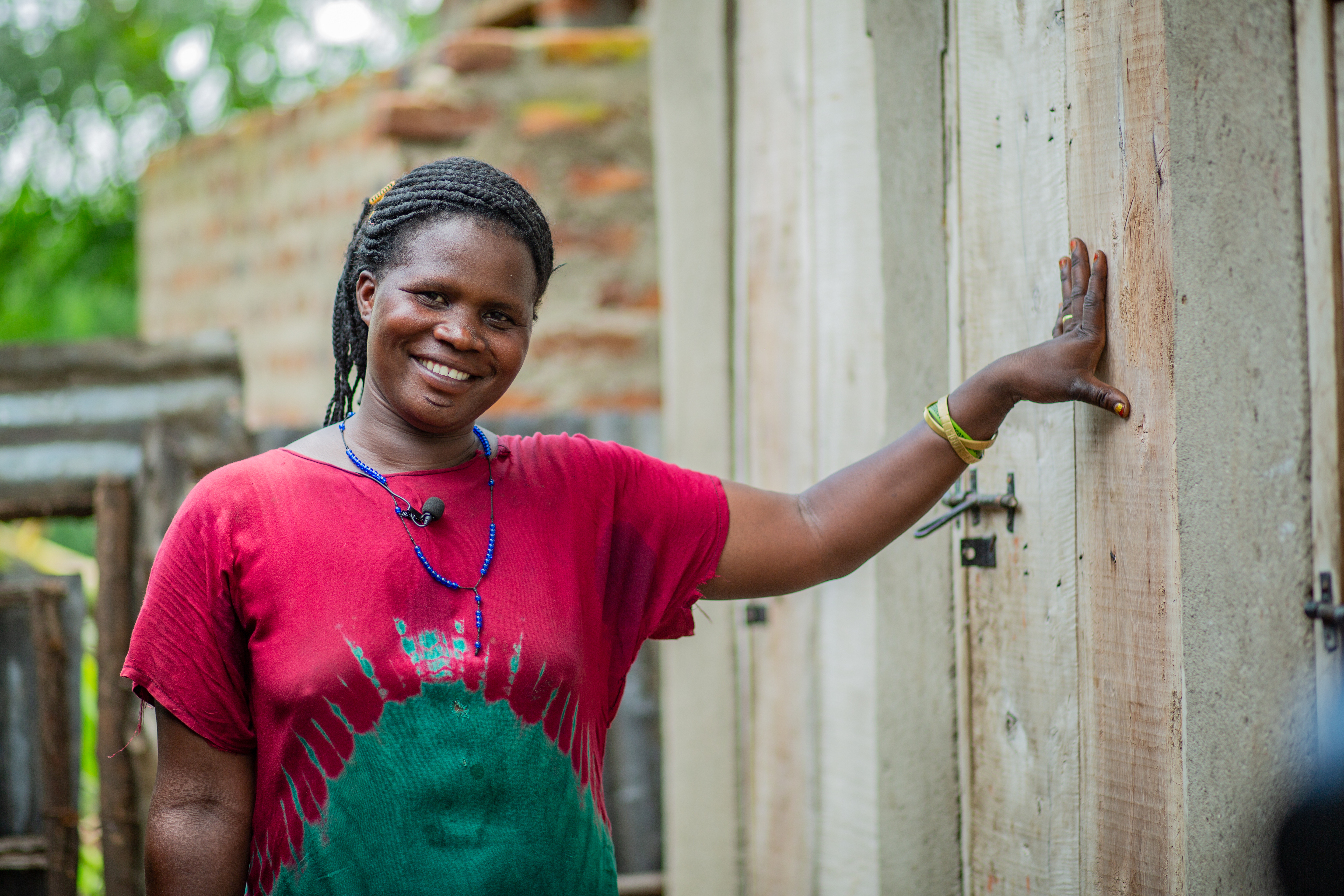
Evidence across cultures has shown that the interaction of women with waste has been largely limited to ‘having to’ handle waste at homes—largely unpaid work performed as a part of their identity and roles depending on their socio-economic status. While at the same, men and their interaction with waste can by limited to paid work, or engagement with activities which extend beyond their households. Thereby indicating that institutionalized waste management jobs and paid labour opportunities have a higher probability to be skewed towards employing more men rather than women.
A critical aspect of the Sustainable Development Goals (SDGs) 11 (sustainable cities and communities) and 6 (clean water and sanitation) is increasing access to and the usage of comprehensively designed sanitation and solid waste management services. Therefore, understanding gender analysis and how it interacts with waste management systems across the countries of the global south and north is essential to develop and design interventions focused on waste management, sorting, recycling, and reduction. Applying a gender lens while developing and designing interventions not only helps legitimize and formalize women’s roles in waste management systems and value chains, but also consequently can lead to their empowerment.
Further, initiating a discussion on and incorporating the idea of a gender ‘lens’ into development of waste management strategies is only the beginning. There is opportunity to explore the immense potentialities these two intersecting concepts for developing sustainable waste management value chains, which will further contribute towards an equitable development of society.
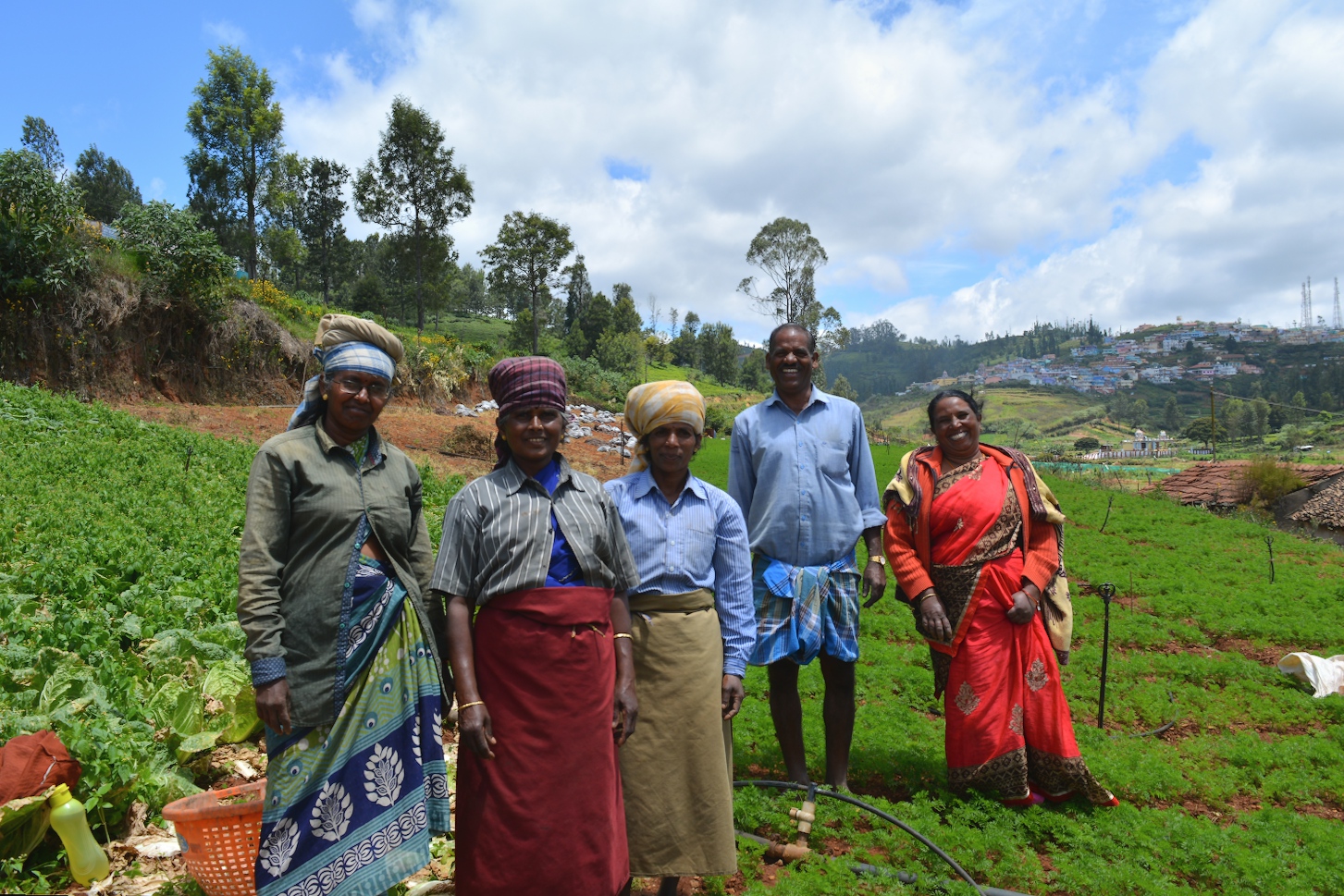
As an organization, WASTE, through its innovative solutions, systems thinking and collaborative approaches, has been developing waste management and sanitation models which incorporate the aspects of gender, household, and community dynamics at their core. Our Integrated Solid Waste Management (ISWM) tool specifically classifies economic, political, institutional and socio- cultural aspects as important tools to deliver effective strategies and results on the ground. Further, through our work within our FINISH Mondial programme, which employs our Diamond Model for a multi-stakeholder approach to safely management sanitation, gender equalit and [social] inclusion is a focus area, developing gender-sensitive interventions aimed to improve gender gaps and conditions of women and girls.
